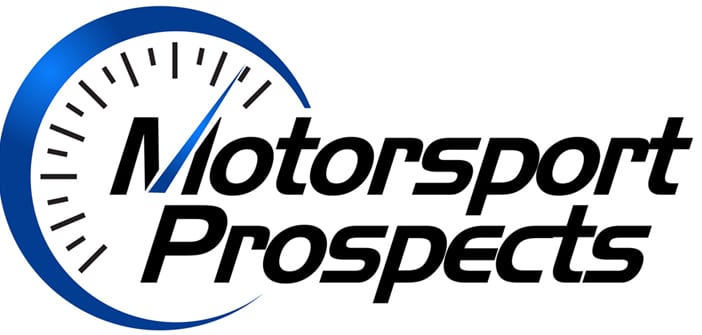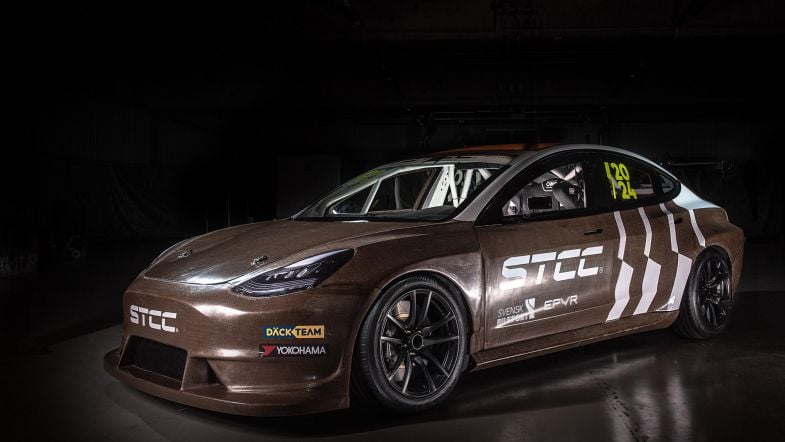São Paulo and San Marino are making sustainable race events happen and this week in the Sustainable Motorsport Roundup you will find out how.
I also have details on the tech behind a number of alternatively powered race cars, the launch of Extreme H and Formula E’s relevance to electric vehicle manufacturers.
All this and much more in this week’s edition of the Sustainable Motorsport Roundup on Motorsport Prospects. Its green news racers can use.
Sustainable Motorsport News
Gerdau, a Brazilian steel producer and provider of special steel for the automotive industry, has partnered with the Formula 1 São Paulo Grand Prix to utilize a 100% recyclable product within structures at the Interlagos Circuit.
The circuit will use Gerdau’s 100% recyclable steel for modernisation works aligning with sustainability measures established by the grand prix and Formula 1. New installations will include a fixed steel structure system for the audio-visual broadcast of the race, covering the entire circuit.
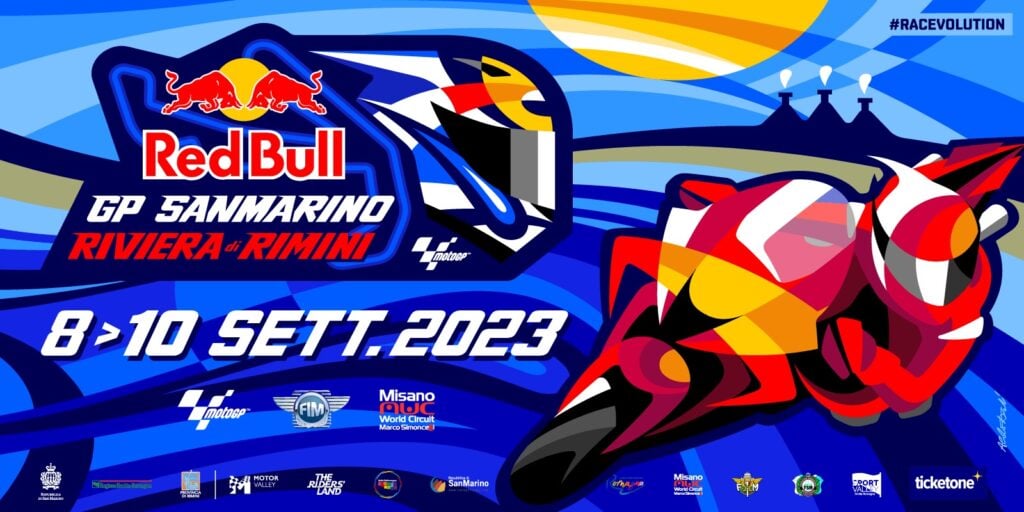
The Sixth edition of of the KiSS Misano-Keep it Shiny and Sustainable, the environmental and social sustainability program promoted by Misano World Circuit (MWC), the International Motorcycling Federation (FIM), Dorna and IRTA will take place on the occasion of the RED BULL Grand Prix MotoGP of San Marino and the Riviera di Rimini, scheduled from the 8th to the 10th of September 2023 on the racetrack named after Marco Simoncelli.
“Starting from KiSS Misano – says Andrea Albani, Managing Director MWC – we have given substance and method to a clear vision: to work to contain the environmental footprint of our daily activity, so that it is a stimulus for our guests, partners, teams and drivers. Today Misano Green Circuit is the inspiring paradigm of our strategies“.
Mini will not offer manual gearboxes in any future products, according to the automaker’s boss Stefanie Wurst speaking to Top Gear. But in a bit of good news, the company plans to get into electric vehicle racing.
“I think meeting Charlie [Cooper, grandson of John Cooper] made me confident about continuing with motorsport,” said Wurst. “So, we plan to go with him into electric motorsport as well. For me it’s just really difficult to judge right now because not all new forms of electric motorsport have been successful,” she said. “Which is a good platform for the future? We’ll see what evolves and plan to join something.”
In Challenging The Grid, PRI Magazine looks at the work being done to integrate EV racing into motorsport. “While we’re still in the early days of the automotive industry’s collective shift toward electrification, there’s no question that EV technology is becoming a regular topic of conversation in the motorsports realm. It may still be a while before we see cars lining up at the 24 Hours of Le Mans that are motivated solely by electricity, but to be ready for that day, the pieces need to be in place to make it work.”
The September issue of PRI Magazine also has a great feature on EV Racing that you can read here.
Sustainable Motorsport Tech

In the video above, take a ride aboard the ERA Electric Single Seater for a lap of Circuit Zolder.
Despite the fact that the debut of the STCC has postponed to 2024 (see below), series organizers have revealed the first car that will compete in the new-look championship after the covers came off the Tesla Model 3 at Knutstorp. “It’s really fun to see the first car, an important milestone on our journey towards an electric STCC!” team co-owner Tobias Brink said. “There are still some small things to work on, but we are more than ready to sink our teeth into our new Teslas.”
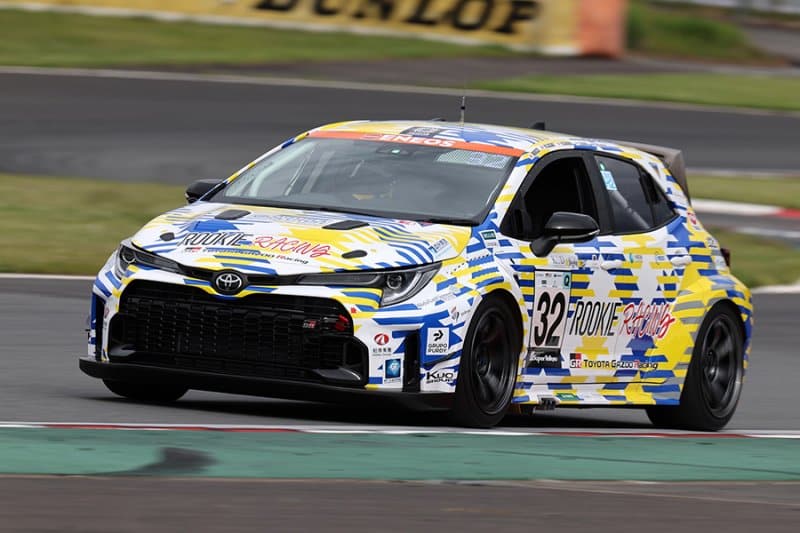
Racing Engine Suppliers takes a look at the Toyota Corolla H2 Concept. “Toyota has been competing in the Japanese Super Taikyu series since 2021 with a hydrogen-fuelled Corolla. This Corolla H2 Concept is powered by a 1.6 litre I3 turbo out of the GR Yaris modified to run on hydrogen. Last year and the year before it was fuelled by gaseous hydrogen compressed to 700 bar. Now it is fuelled by cryogenic liquid hydrogen, which greatly increases the range of the car and allows for better packaging.”

Race Engine Suppliers also takes a look at the Formula E GENBETA. “Formula E recently developed a ‘GENBETA’ version of its Gen 3 car specifically to break the indoor land speed record. Formula E cars are semi-spec having a spec chassis and front wheel harvesting system and battery while allowing teams to develop their own rear drive powertrain. The GENBETA modifications effectively ‘unlocked’ the specifications of the Gen 3 racecar, which was introduced this season. With a top speed of more than 322 kph (200 mph) Gen 3 is described as the fastest, lightest, most powerful and efficient electric racecar ever built.”
Car Magazine asks, how relevant is Formula E to electric road cars?
“In Formula E, there is a little wriggle room for each team’s car to be modified or refined beyond the base foundation of the current Gen3 car. For those teams with OEM sponsors or branding (like DS, Nissan, Porsche, Nio and Cupra in the latest season), they can prioritise development on tech and engineering in stuff that benefits them out of the sport. Charles-Henri Bonnet, marketing and events boss at DS Performance, told CAR during the 2023 London E-Prix: ‘it’s important for us as a manufacturer to focus on what’s important and what’s relevant for us. Developing a carbonfibre chassis? We don’t care. It’ll cost us a lot of money and won’t bring anything to the brand. Instead, we must make sure we provide the most efficient and most reliable electric powertrain we can for electric cars, and that’s what we can learn here.”
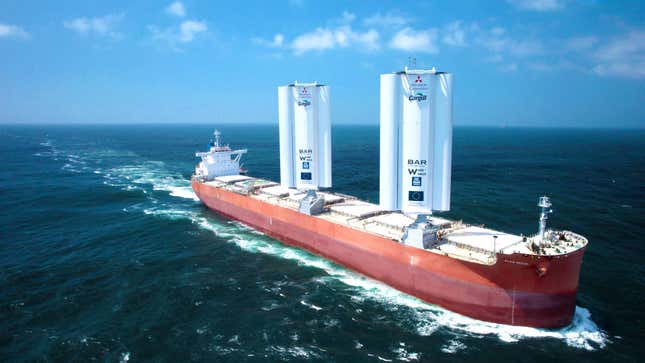
This month’s edition of Getting to the Track Sustainably was published last week. This month’s highlights include wind-powered cargo ships using WindWings, using AI to tackle aviation carbon emissions and the Rimac Nevera setting a new Nürburgring EV lap record.
Series News
Extreme H, the newly branded hydrogen-powered off-road SUV championship, to commence from 2025. The Fédération Internationale de l’Automobile (FIA) and Extreme E have signed a non-binding Memorandum of Understanding setting out a framework to create the first-ever hydrogen off-road racing world championship.
“This announcement is a significant first step in the development of our championship and our ground-breaking transition to hydrogen-powered racing. Sport is the most powerful and effective platform to drive innovation and our commitment to delivering sustainable motorsport championships full of excitement and with a reduced carbon footprint are testament to that.”
The tender process for the all-electric championship’s Gen4 machine closed August 31 after the opportunity to supply both the battery and the chassis was opened in June. The proposal for the new generation of Formula E car, which is set to be used from the 2026-2027 season over a period of at least four years, includes a vast increase in the amount of power which will peak at 600kW – nearly double the rate currently used.
“I think Formula E has to be the fastest accelerating racing cars on the planet and I think performance matters,” Lucas di Grassi told Motorsport.com. “We’ve reached a point in the technology of electric that we can have a lot of performance. Formula E reached a maturity of the championship that we could have done it already for Gen3, but we can do it even better for Gen4. And also, from the public’s perspective, it creates a lot of respect, saying I cannot drive a car that has 1000 horsepower. It’s almost like a fighter jet right, it’s so many forces, it’s so quick that you need many hours of training. It’s not that a normal person cannot drive the Formula E car, they could, [but] not at the level we drive, not even close.”
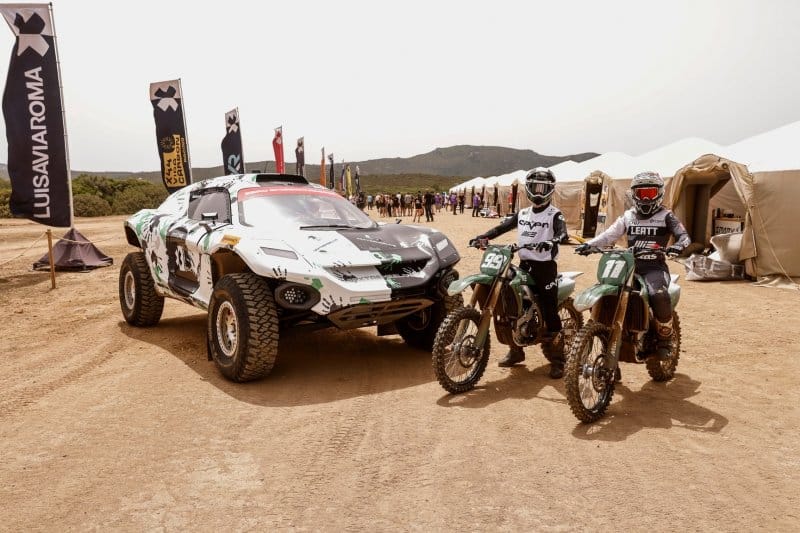
Rounds Seven and Eight of Extreme E Season 3 in Sardinia will play host to the E-Xplorer FIM World Cup, the all-new electric off road motorcycle championship. The final two rounds, which will crown the first ever FIM E-Xplorer World Champions, will take place alongside Rounds Seven and Eight of sport for purpose series Extreme E on the Italian island, creating a true festival of electric, all-inclusive, and sustainability-driven motorsport.
Organizers of the STCC have confirmed that the inaugural season of electric racing in the series has been put back to 2024 as a result of ongoing delays with the production of the 12 all-new race cars. “(Recent revisions to the schedule) were largely driven by supply chain issues that had affected the build of the new cars, with battery supplier STARD having suffered problems that left it unable to deliver the required systems in time.”
The Kinetik E-Series is Eastern Europe’s first E-Go Kart Championship. “Recognizing this gap in the development of future pilots in E-sports, Kinetik Karts was born. Our mission is to equip aspiring racers with the necessary skills to thrive in the new generation of electric racing machines.”
